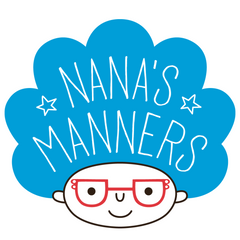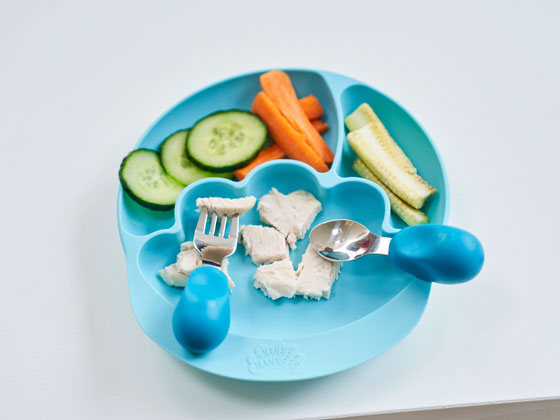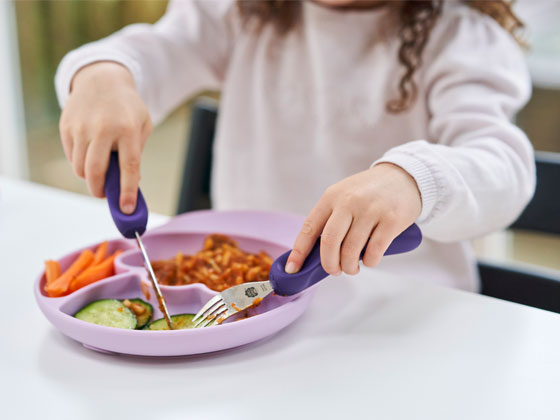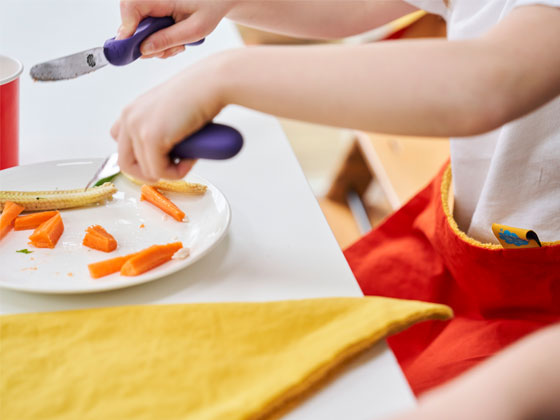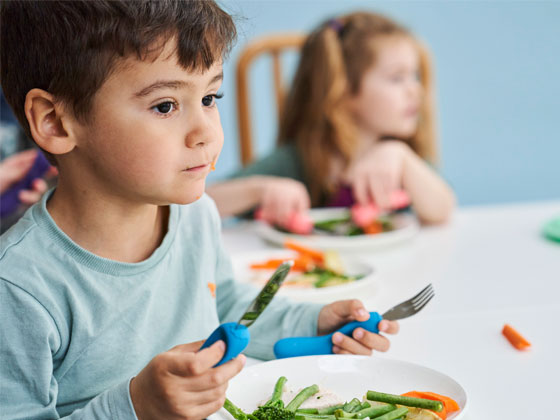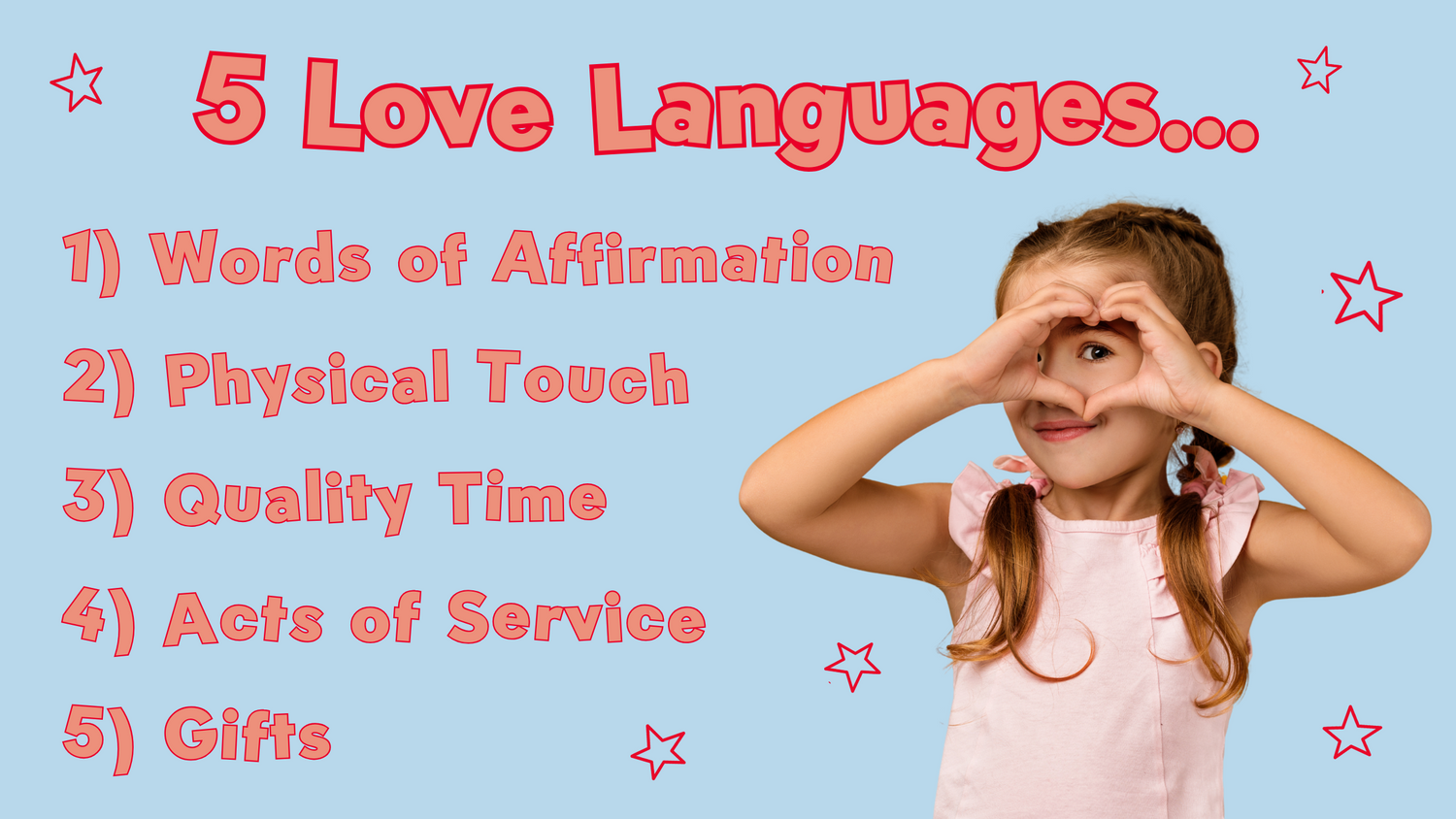You've likely heard about The 'Five Love Languages’ when it comes to adult romantic relationships, but you may be surprised to hear that love languages apply equally as importantly to the relationships you have with your children. Children are little people, with their own thoughts, feelings and needs. Each child is different. Experience shows us that different children respond to different incentives and ‘rewards’, and as a parent you innately learn ‘how your child works’ but looking into the actual reasons behind what works (and doesn’t) can help tailor our parenting techniques and set us up for those smoother parenting wins!
Every child expresses and receives love in unique ways. Dr. Gary Chapman’s concept of the 5 Love Languages—Words of Affirmation, Physical Touch, Quality Time, Acts of Service, and Gifts - applies to adults and children alike. Understanding how these love languages manifest in young children can help parents and other caregivers nurture their emotional well-being.
Children who respond to Words of Affirmation feel most loved through verbal encouragement and kind words. Simple phrases like “I’m so proud of you,” “You are such a great helper,” or “I love you so much” can boost their confidence and emotional security. As parents we can also use notes in lunchboxes, coat pockets, book bags or bedtime stories that highlight our child’s strengths to reinforce this love language.
Some children feel most loved through Physical Touch. Hugs, cuddles, holding hands, or even playful high-fives can be incredibly meaningful. For younger children, rocking them to sleep or rubbing their back during a story can offer comfort. For older kids, a gentle pat on the back or a fun wrestling match can communicate love in a way that words cannot.
Quality Time is all about undivided attention. A child with this love language thrives when a parent spends focused time engaging in activities together. This could be playing a board game, cooking together, or simply talking about their day without distractions. Even 10–15 minutes of one-on-one attention daily can make a big impact. This may feel overwhelming with everything else you have on your plate, but ‘quality time’ can be slotted into things you already do on those busy days; need to pick up a parcel from the shop? If help allows, can you take just one child so you can talk one-to-one on the journey there and back? Can they help you sort the washing whilst siblings are busy, using the time to chat together? Remember, quality time doesn’t need to be about big days out – just trying to slot in those moments where possible in our busy lives can have a huge impact on how children feel.
Acts of Service involve doing thoughtful things to help a child feel supported. This might mean helping them tie their shoes, fixing their broken toy, or making their favourite meal. It’s not about spoiling them but rather showing love through meaningful gestures. Teaching them life skills like baking or fixing something together can also reinforce this love language in an empowering way.
For some children, Receiving Gifts is a powerful expression of love. Don’t worry (like we did) after reading the title here; these gifts don’t have to be expensive! Thoughtful tokens like a homemade card, a special shaped rock from a nature walk, making a point to pack their favourite snack or a book they love can mean the world to them. It’s about the thought behind the gift rather than its monetary value.
Discovering Your Child’s Love Language
Once you sit and have a think about these different love languages, you’re likely have some idea already of which your child favours based on past events and how they’ve responded to you in different situations.
Observing how your child expresses affection can provide clues about their primary love language. Do they light up when you praise them? Do they frequently request cuddles? Do they ask you to play with them? Understanding these cues can help tailor how you express love in the most meaningful way for them.
You can also watch how they show love towards you and others. The way they express love towards their family and within friendships will likely be in a way they want to receive it. Do they give you lots of drawings/creations as gifts? Do they give you cuddles and kisses? Do they choose to join in with things you are doing to spend time with you?
Another effective way to identify your child’s love language is to experiment with each one and see how they respond. Try offering words of encouragement, spending extra one-on-one time, giving small gifts, serving their favourite meals after a long day, offering hugs, or helping with a task. Their strongest reactions can indicate their primary love language. Additionally, noticing what they request most often—whether it’s snuggles, compliments, or playtime—can provide further insights.
In contrast, you can often see your child’s preferred love language by witnessing their response to receiving the opposite. For example, our youngest loves words of affirmation, and when she is told off (or even perceives that she is spoken to negatively) her response is extreme. Receiving negative words is devastating for her, as it’s the opposite to what she wants, needs and values.

Final Thoughts
Recognising and responding to a child’s love language fosters a strong emotional connection and builds their self-esteem. Since children’s preferences may evolve as they grow and develop, staying attuned to their needs and remember to offer love in all five ways, ensuring they feel valued and cherished. By applying the 5 Love Languages, we can create a loving environment where children flourish emotionally and socially.
